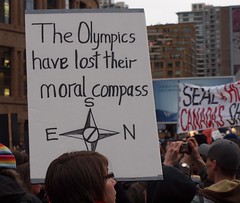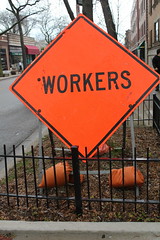Encourage your students to look at marriage in a new light with Greg Scott’s photo essay “Matrimony” in the Winter 2011 issue Contexts. Scott’s article details his ethnographic short film centered on the marriage of two homeless heroin addicts. He encourages readers to explore their biases on what a marriage is or should be by asking of this couple, “Is this a real marriage?
 This article and short film would would fit well in many types of courses: on the family, marriage, sexuality, poverty, or drug use.
This article and short film would would fit well in many types of courses: on the family, marriage, sexuality, poverty, or drug use.
Have students read the article and watch the film before class, and write a short reaction paper. Then, use their responses to get a discussion going on marriage in contemporary America.









